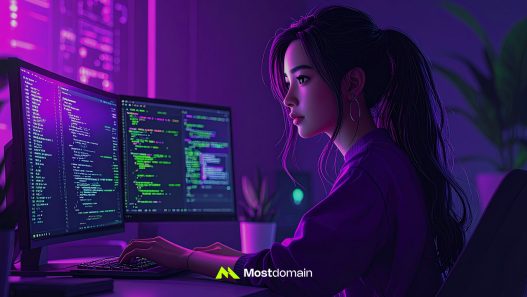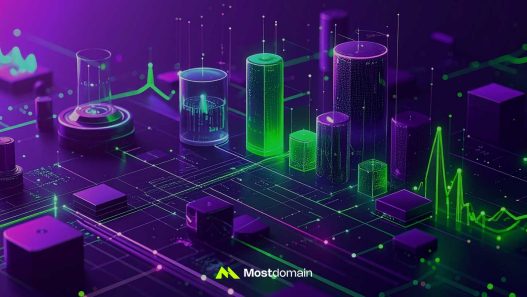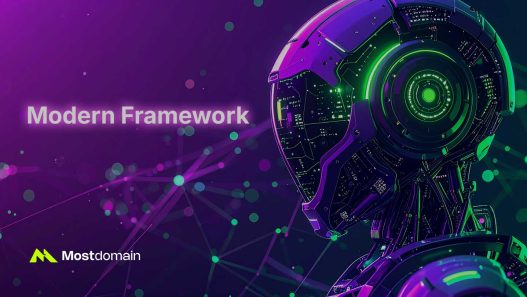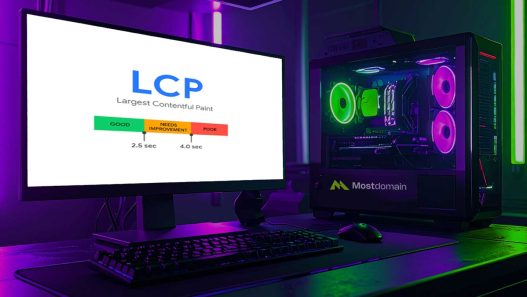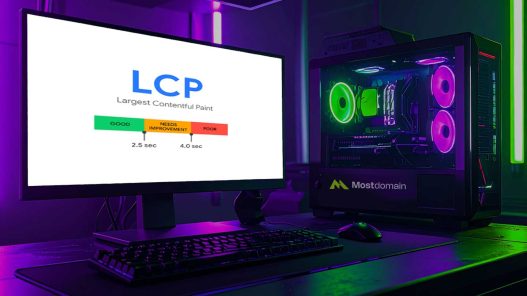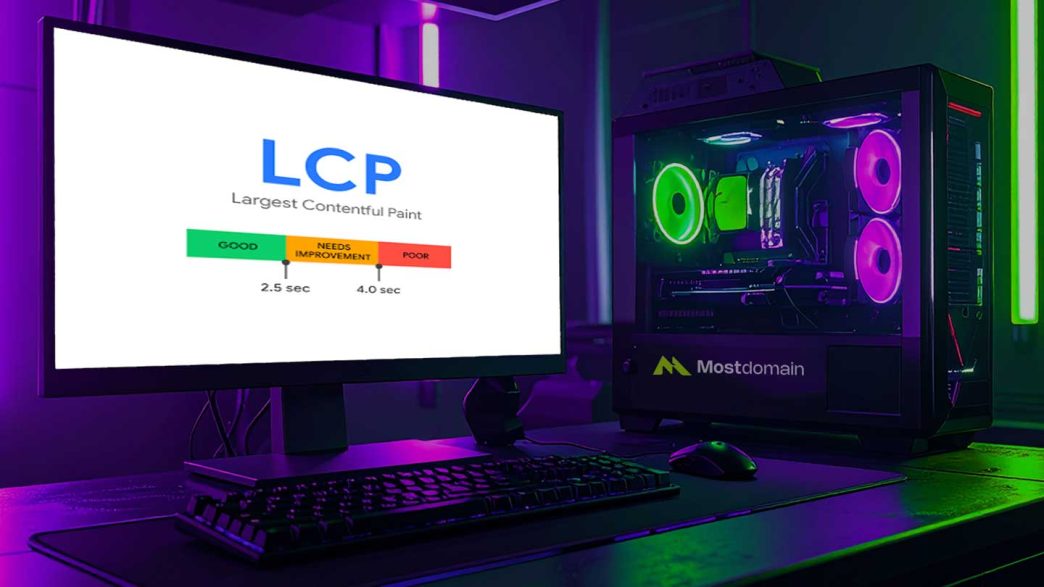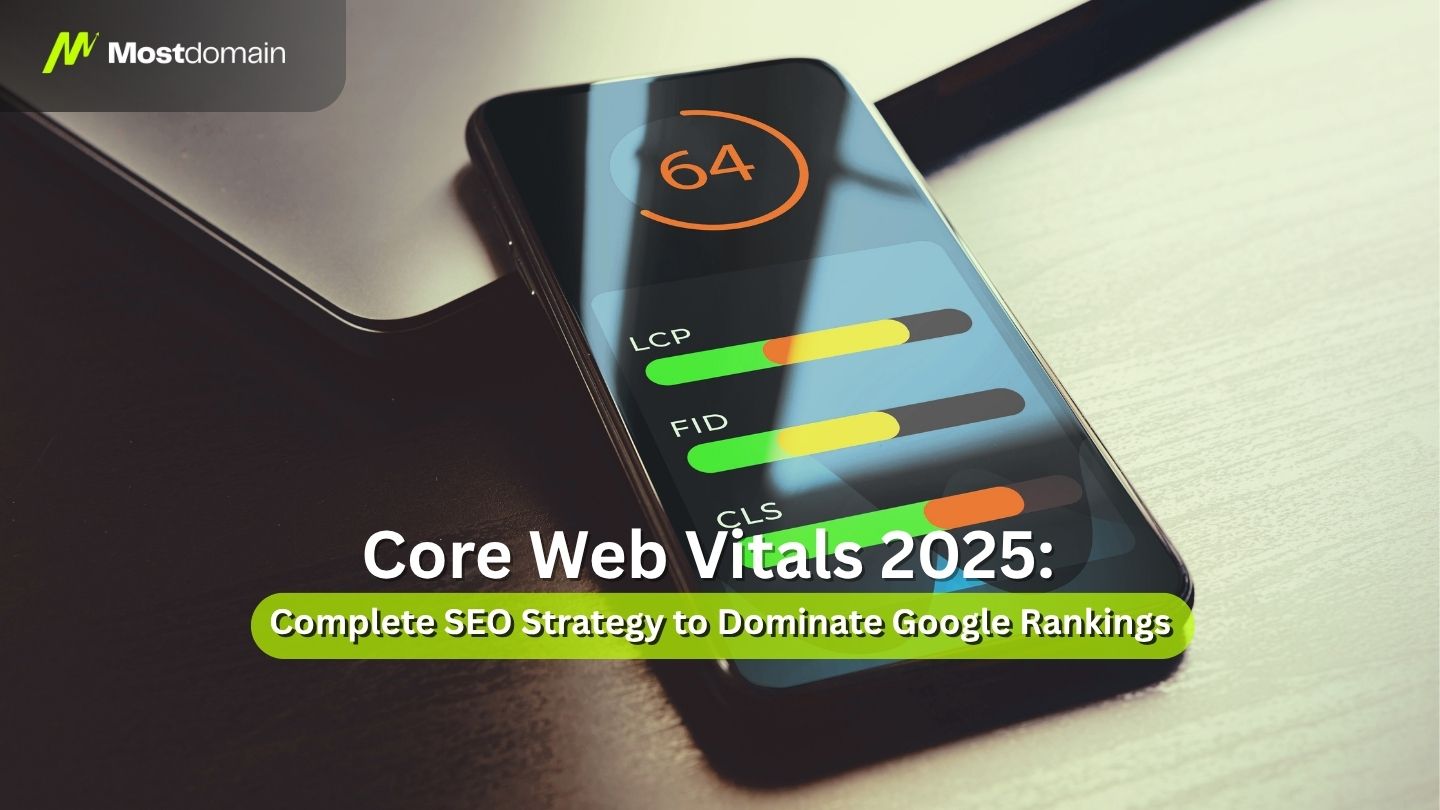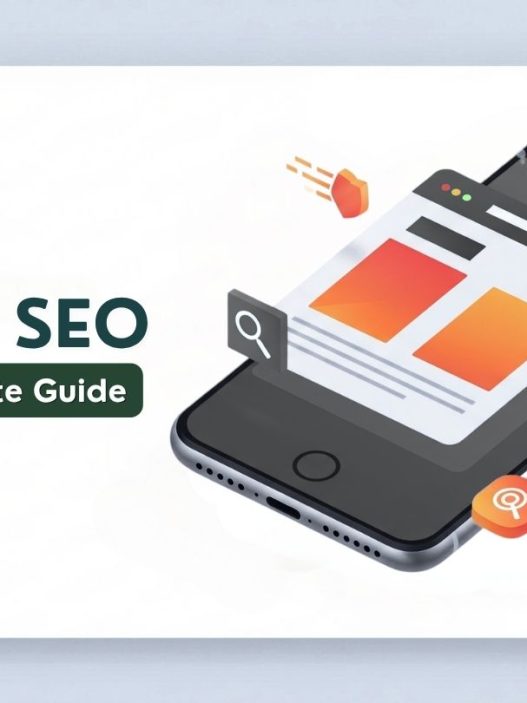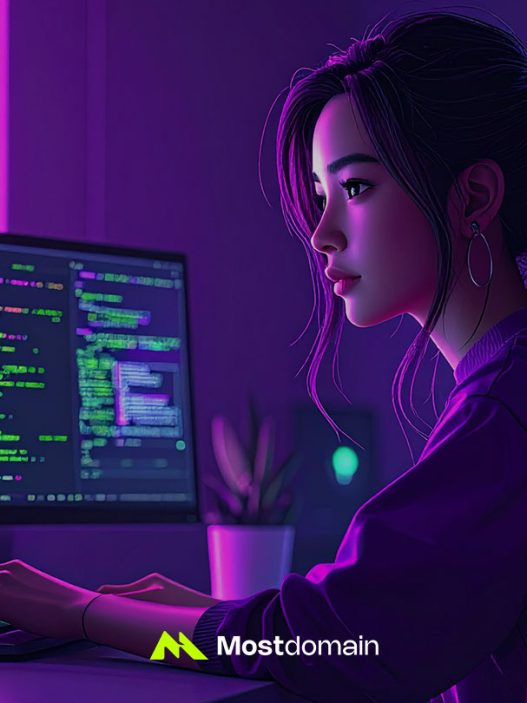Largest Contentful Paint (LCP): What It Is & How to Optimize It – Largest Contentful Paint (LCP) is a crucial metric that measures how fast your website shows meaningful content. It tracks the time the largest visible element takes to load, directly impacting user experience and search engine rankings.
Understanding and optimizing largest contentful paint isn’t just a technical necessity; it’s a strategic move to enhance user engagement and boost your site’s overall performance. With Google now incorporating LCP into its ranking algorithm, mastering this metric has become essential for digital success.
What Is the Largest Contentful Paint (LCP)?
Largest contentful paint is a key performance metric in web performance, particularly within Google’s Core Web Vitals. Unlike other loading metrics that focus on server response times or total page load, LCP zeroes in on the user’s experience of content visibility. It specifically measures when the largest element (be it an image, video, or block of text) within the viewport has been fully rendered on the screen.
Imagine visiting an online storefront; the first thing you notice is a large banner or an eye-catching product image. If this content loads quickly, your initial impression is positive, and you’re less likely to bounce away.
However, if there’s a delay, you might see the site as slow or unprofessional. Google now uses LCP in its ranking algorithm, which means improving this metric can directly affect how visible your site is in search results.
Why Is LCP Important?
The importance of largest contentful paint cannot be overstated, as it directly correlates with user experience and engagement metrics. Research consistently shows that users form judgments about a website within mere seconds of initial interaction. A slow LCP often results in higher bounce rates, reduced session duration, and diminished conversion rates.
Beyond user satisfaction, Google has made largest contentful paint a key component of its Core Web Vitals metrics designed to measure real-world user experience. As a result, optimizing LCP can improve your website’s search rankings, making it more discoverable to your target audience. A well-optimized LCP reflects technical excellence while signifying a focus on delivering value swiftly and efficiently, which is what modern consumers expect.
LCP Performance Standards
| Performance Level | LCP Time | User Experience | Action Needed |
| Good ✓ | ≤ 2.5 seconds | Excellent | Maintain performance |
| Needs Improvement | 2.5 – 4.0 seconds | Moderate | Optimization recommended |
| Poor ✗ | > 4.0 seconds | Negative | Immediate action required |
Factors Affecting Largest Contentful Paint
Several factors influence largest contentful paint. Key issues include slow server response times and the size of content elements like unoptimized images and videos. Additionally, render-blocking resources such as CSS and JavaScript files can delay critical content rendering. Effective optimization requires understanding content hierarchy and prioritizing resources, for example, by deferring non-essential scripts.
Key factors impacting LCP:
- Slow server response times
- Render-blocking CSS and JavaScript
- Unoptimized images and videos
- Client-side rendering delays
- Slow resource load times
Best Practices for Optimizing Largest Contentful Paint
Optimizing largest contentful paint involves a blend of technical and design strategies aimed at accelerating content visibility. Server performance optimization is essential. Upgrading to a faster hosting environment, utilizing CDN (Content Delivery Network) services, and leveraging caching mechanisms can drastically reduce server response times.
Additionally, optimizing and compressing images and videos ensures large media files load more swiftly without sacrificing quality, which directly influences the LCP metric. Tools such as Google’s PageSpeed Insights and Lighthouse provide specific guidance and actionable suggestions for implementation.
Technical Optimization Strategies
Prioritizing the loading of critical CSS and deferring non-essential JavaScript can prevent render-blocking issues. Testing and iterative tuning are vital; small adjustments like lazy loading images or preloading key fonts can lead to significant improvements.
Embracing modern web optimization techniques enhances the speed at which your site’s core content appears:
- Use newer image formats like WebP or AVIF
- Implement server-side rendering when appropriate
- Employ HTTP/2 or HTTP/3 protocols
- Optimize critical rendering path
- Minimize third-party script impact
Taking Action on Your LCP Performance
Achieving a swift and seamless Largest Contentful Paint (LCP) is crucial for user experience and SEO. By reducing server response times, optimizing critical content, and minimizing render-blocking resources, website owners can significantly improve how quickly their most important content appears to visitors.
Prioritizing LCP is essential for staying competitive. Start by measuring your current LCP score using tools like PageSpeed Insights, then implement these optimization strategies systematically to see measurable improvements.
References
- Google Web Fundamentals Documentation on Core Web Vitals
- Web.dev Performance Metrics Guide
- PageSpeed Insights Official Documentation
- Lighthouse Performance Auditing Tool
- HTTP Archive Web Performance Reports
- Mozilla Developer Network Web Performance Guide


